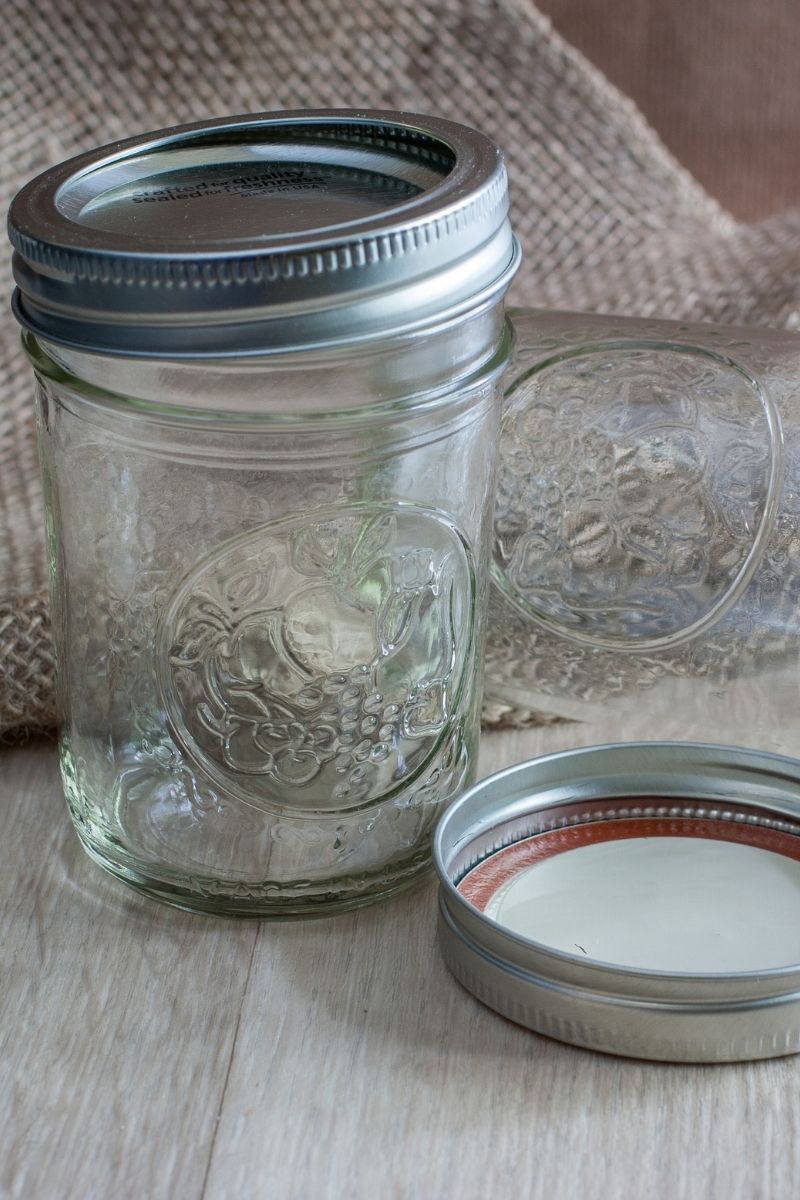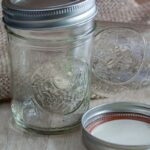Why canning? Why would anyone choose to preserve their own food in today’s world?
Originally Published 07/26/2020
Canning is about food preservation! Canning lets you enjoy good food long after you’ve harvested it or brought it home from the store! It’s a way to capture the peak freshness and flavors of fruits and vegetables, ensuring you can savor them throughout the year. Whether it’s a batch of strawberry jam in the dead of winter or pickled cucumbers in the heat of summer, canning bridges the gap between seasons. Additionally, it offers a sense of self-sufficiency and reduces food waste, allowing you to make the most of your garden’s bounty or a surplus from the local market. Canning is not just a method; it’s a tradition that brings quality, flavor, and a bit of nostalgia to every jar.
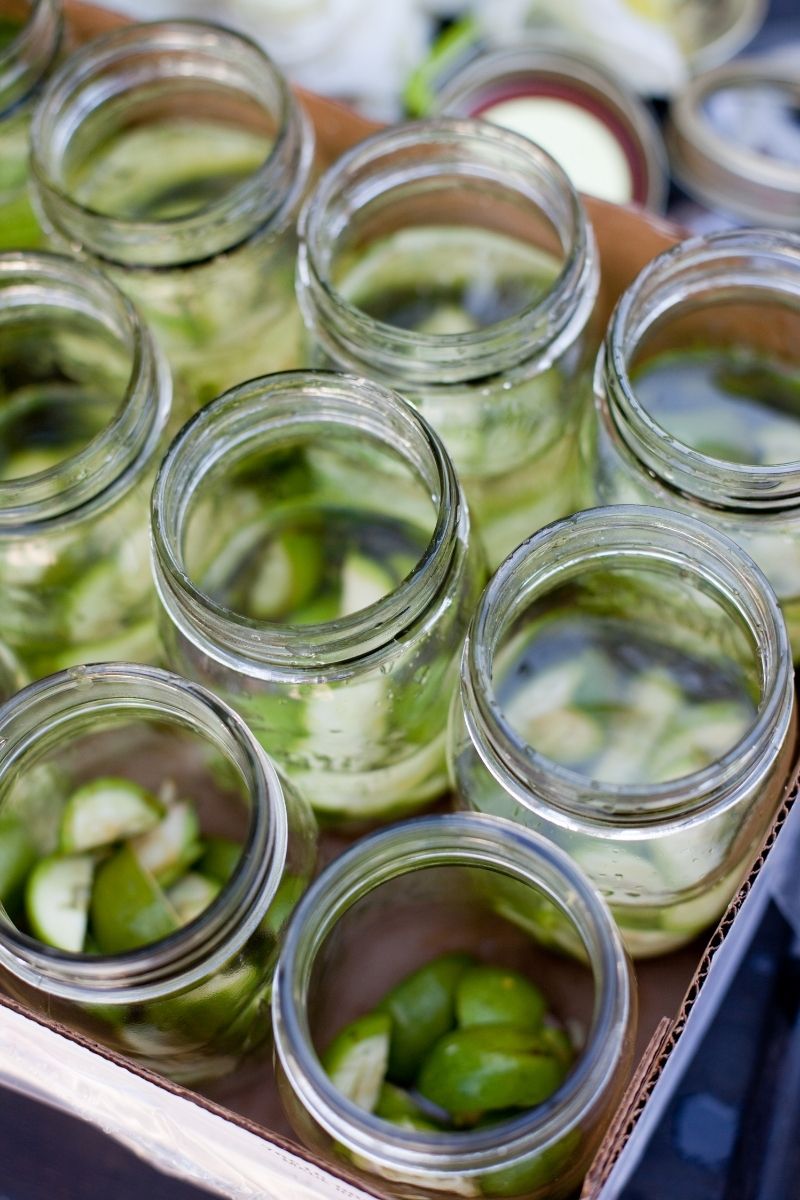
There are Three Main Causes of Food Spoiling
Mold / Yeasts – these can be killed at temperatures between 140 – 190 degrees Fahrenheit. Most canning recipes call for a sustained temp of 212 degrees. Acidity also kills mold, so hot water canning is only for higher acidic foods that have a pH level of 4.6 or lower on the pH scale. A recipe may also use citric acid, lemon juice, or vinegar to help maintain proper acidity and prevent the growth of mold
Bacteria – Bacteria can be heat resistant and generally like to live on lower acidic foods. Hot water canning is not meant for these types of foods. Steam created from Pressure cooker canning will reach temperatures hot enough to kill bacteria. So foods higher than a 4.6 pH must be pressure cooked to avoid toxins. This is why it is important to find a great, tested recipe and follow it carefully!
Enzymes – Enzymes also cause food to begin breaking down causing food discoloration, and taste/texture changes. Canning halts spoilage at around 140 degrees.
Tested canning recipes, with correct processing methods, pause food deterioration!
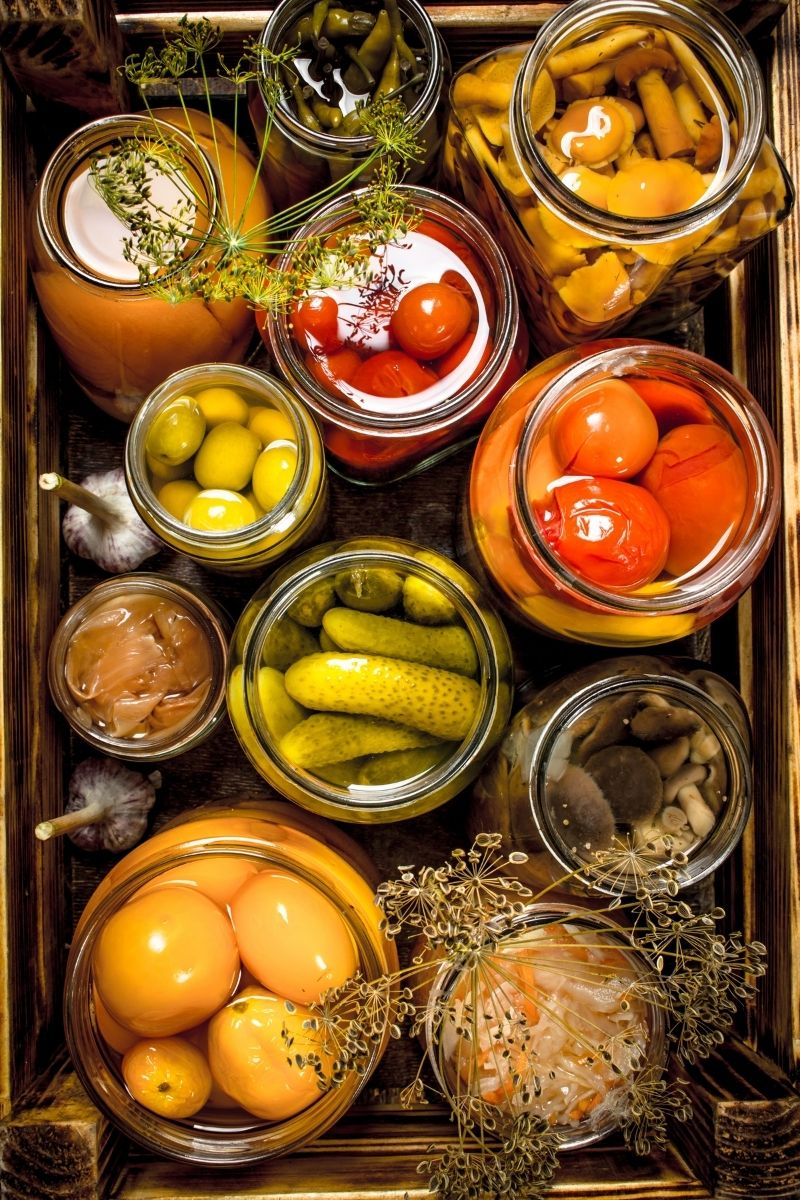
Basic Canning Tools You Will Need to Get Started
Canning Pot: Essential for processing jars in a hot water bath, a canning pot ensures jars are submerged in boiling water for the correct amount of time. This process sterilizes the jars and seals them, preserving the food inside by killing off harmful bacteria.
Canning Jars: It’s crucial to use real canning jars since they’re made from tempered glass, which can withstand the high heat needed during the canning process without breaking. Regular glass might shatter, ruining your efforts and possibly causing injury.
Metal Lids & Bands: The lids, fitted with a special sealing compound, are designed to create an airtight seal during the canning process. However, once used, the sealing compound might not function properly a second time, which is why lids are generally used only once. Bands hold the lids in place during processing and can be reused.
Canning Utensil Set: Tools like a jar funnel and jar lifter are crucial for a smooth canning process. The funnel allows for clean and easy filling of jars, minimizing spills and waste. The jar lifter safely handles the hot jars, reducing the risk of burns and accidents.
Bubble Remover: A small, plastic tool used to remove air bubbles from filled jars. Removing bubbles is important to ensure accurate headspace and prevent spoilage.
Jelly Bag: A mesh bag used for straining juice from fruit when making jelly or other clear spreads.
Kitchen Tools: A variety of basic kitchen tools are also necessary for preparing your preserves. Knives and a cutting board are needed for chopping fruits or vegetables. A stock pot is used for cooking down your ingredients. A strainer may be needed for removing seeds or skin, depending on what you’re canning. Measuring cups and spoons ensure your ingredients are accurately portioned, crucial for preserving the food’s safety and taste.
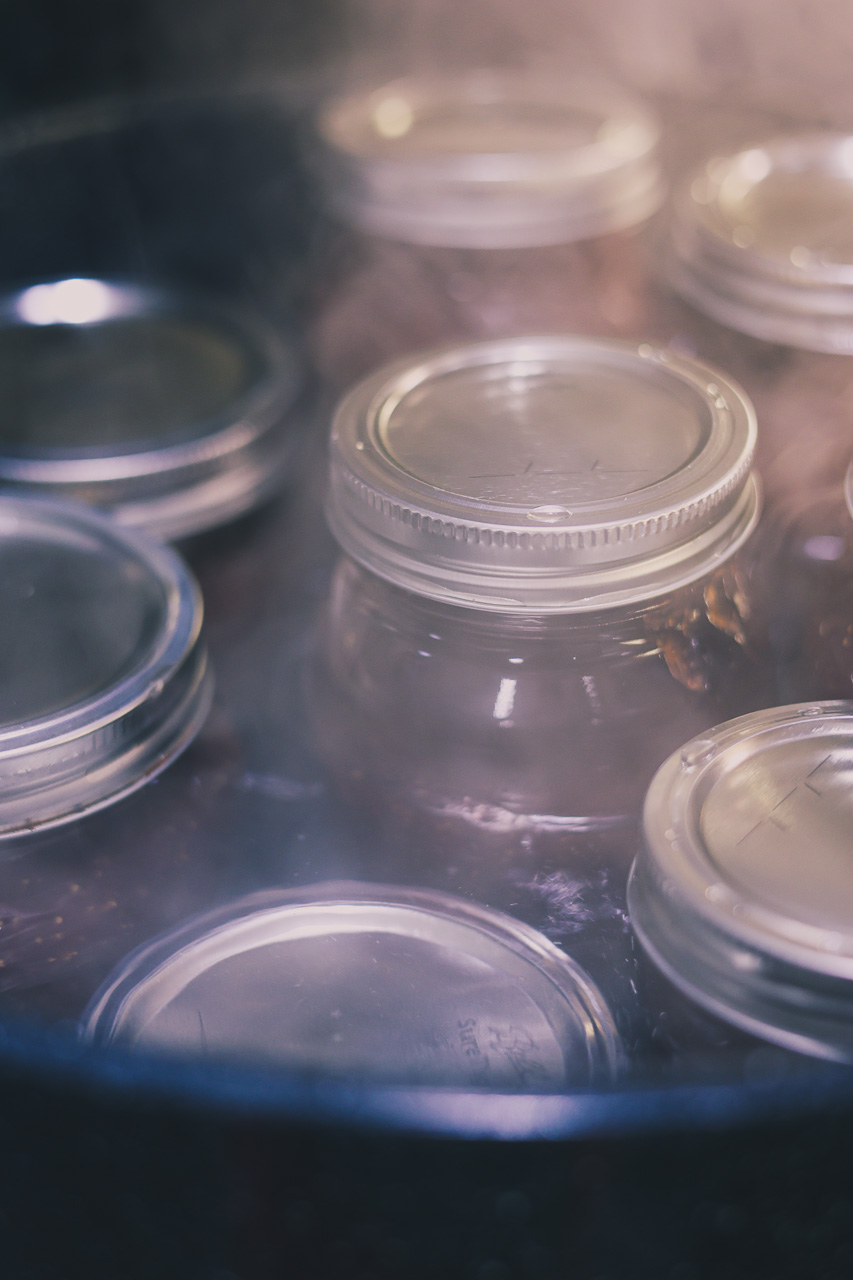
Canning Terms that are Helpful to Know
Water Bath Canning: A method used for preserving high-acid foods like fruits, jams, jellies, and pickles by processing filled jars in boiling water.
Pressure Canning: A method required for low-acid foods such as vegetables, meats, and poultry. This process uses a specialized pressure canner to achieve higher temperatures than boiling water.
Headspace: The space left between the top of the food (or liquid) in the jar and the lid. This gap is crucial for creating a vacuum seal as the jars cool.
Seal: The airtight closure between the jar and the lid that prevents microorganisms from entering and spoiling the canned food.
Pectin: A natural substance found in fruits that helps jam and jelly set or gel. It can also be added in powdered or liquid form to recipes.
Acidity: The level of acid present in food, important in determining the method of canning required. High-acid foods can be processed in a water bath, while low-acid foods require pressure canning.
Botulism: A potentially fatal foodborne illness caused by consuming food contaminated with the botulinum toxin, emphasizing the importance of following canning guidelines precisely.
Sterilization: The process of killing all microorganisms in the canning jars and food. Jars should be sterilized before use to ensure food safety.
Processing Time: The length of time jars are boiled in a water bath or pressure canner. This varies by recipe, jar size, and altitude.
Altitude Adjustment: The modification of processing time or pressure to account for differences in altitude, which affects boiling points and processing efficiency.
Vacuum Seal: The result of removing air from the jar during processing, causing the lid to seal tightly to the jar. A proper vacuum seal is essential for long-term preservation.
Raw/Cold Pack: This method involves placing prepared but uncooked food items, such as fruits or vegetables, directly into canning jars. After the raw food is packed into the jars, a hot liquid (such as brine, syrup, fruit juice, or water) is poured over the contents to cover them before the jars are sealed and processed. This method is often used to preserve the texture and shape of the food, as it cooks during the canning process itself.
Hot Pack: In contrast to the raw/cold pack method, the hot pack method involves pre-cooking food before it is placed into the jars. Foods are heated or cooked through and then packed hot into the jars. This pre-cooking step can help to reduce air bubbles, improve the food’s flavor and color, and can sometimes allow for more food to be packed into each jar by softening it. Foods like marinara sauce, soups, and stews are commonly canned using this method.
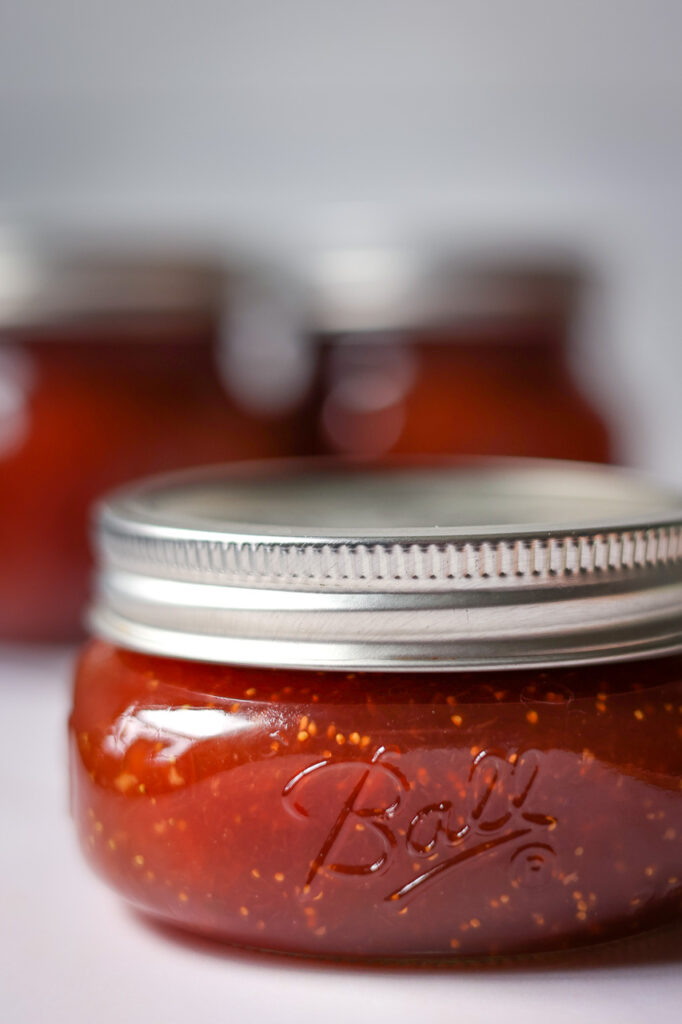
Canning is a tradition I don’t think we should let go!
Canning remains an invaluable skill, blending the joy of creating with practical benefits. It’s a fun, engaging way to ensure that the bounty of your kitchen or garden can be enjoyed year-round. Beyond the pleasure of producing something tangible, canning is a step towards sustainability and self-sufficiency, allowing you to reduce waste and control what goes into your food. Whether it’s for the satisfaction of stocking your pantry with homemade goods or the peace of mind that comes from preserving seasonal flavors at their peak, canning is a timeless craft that offers a unique blend of tradition and innovation. It’s not just about saving food; it’s about enriching your culinary experience and connecting with a practice that has been cherished through generations. Watch out though! It’s addicting and pretty soon you’ll be wanting to can everything lol. If you’re interested in some of my canning recipes, you can find them here! Or click my Tools for Hot Water Bath Canning for a one stop shopping list of items you’ll need.
The Twelve General Steps for Hot Water Canning
Equipment
- Granite Ware Covered Preserving Canner
- Canning Tool Kit
- Canning Jars
- Metal Lids & Bands
- Measuring Cups and Spoons
- General Kitchen Tools
Instructions
- Wash the empty jars. Jars need to hot before filling with hot liquid, and processing in the water bath. Even though they are tempered there is the possibility of them breaking due to thermal shock. Either use the dishwasher to sanitize and keep hot, or wash by hand and place in canning pot as water is beginning to boil.
- Start heating water in the canning pot. This large amount of water takes a while to heat up, so its good to get it going early while you work on the other steps.
- Prepare your food according to the recipe you’re following.
- Once jars are hot and sanitized, place them somewhere they won’t tip over or slide while filling them. Raw pack or hot pack the clean, hot jars – leave appropriate headspace.
- Using a funnel if needed, ladle or pour boiling brine, syrup, fruit juice or water over the food – leave appropriate headspace.
- Using a wooden or plastic utensil, get out all the air bubbles that may be trapped and then top off with liquid if necessary – leave appropriate headspace.
- After the jars are filled, make sure all the jar rims are clean by wiping them with a clean damp towel. This is important because if the jar rim isn’t clean it may not seal properly.
- Place the lid with seal centered on top of the jar and secure with the ring, tightening only fingertip tight. It does not need to be screwed down as tight as you can.
- As you fill and lid each jar, place them on the canning rack that is set above the heated water. The jars shouldn’t be touching. Once the rack is full, lower it into the water. The jars should be under at least 1″ of water. Cover the pot with the lid and bring the heat up to medium-high to get the water boiling. Once it is boiling, start the timer and process the jars according to your recipe’s directions.
- Once the time is up, take off the lid and allow the jars to sit in the pot for 5 mins before removing.
- Finally, remove the jars and place them on a cooling rack or towel to cool – make sure you leave space between the jars so air can get all around them. Allow to cool for at least 12 hours before checking the seal.
- Last of all, after 12hrs check the seals. You can do this by pressing the center of the lid. If the lid can be pressed down and pops back up after, your jar didn’t seal. But don’t worry, you can store that jar in the fridge and eat the contents within 2-3 days, or place the jar in the freezer for longer keeping. The jar contents can also be reprocessed in a new clean jar with a new lid within 24hrs.
- The jars that did seal can be put in the pantry in a cool, dry place and stored for up to a year. Make sure you label with what the contents are and when they were canned!
Notes
Hot Pack – when you put pre-cooked food into the jar for processing (like marinara sauce). Headroom/Headspace – the distance left between the top of the food and the top of the jar. It is important for processing, not to leave too much room or too little room. Follow the recipe! Information for this guide was found in Ball’s Blue Book – Guide to Preserving, Better Homes and Gardens New Cook Book, and lastly, The Backyard Homestead edited by Carleen Madigan. For best results and shelf-stable food, always follow tested recipes exactly!
Affiliate Information
As a part of the Amazon Affiliate program, I have the opportunity to share products and items that I genuinely find useful or interesting. When you come across links to these products on my blog, they're not just recommendations based on my personal experience or research; they also serve a dual purpose. If you decide to click on these links and make a purchase, I earn a small commission from Amazon at no additional cost to you.
This setup helps me to keep generating content that you find helpful and engaging, without bombarding you with irrelevant ads or sponsors. It's a win-win situation: you discover products that could add value to your life, and I get a little support to continue doing what I love. Rest assured, the integrity of my recommendations remains my top priority. I only share links to items that I believe in, and that I think could make a difference for you.
Thank you for your support and understanding. Your trust means the world to me, and I'm committed to maintaining transparency about how I fund my blog. If you have any questions about the Amazon Affiliate program or how it works, feel free to reach out.
©️ 2024 Now From Scratch | Template by Maya Palmer Designs | ©️ Photos by Austin Claire Photography| Privacy Policy | Terms
